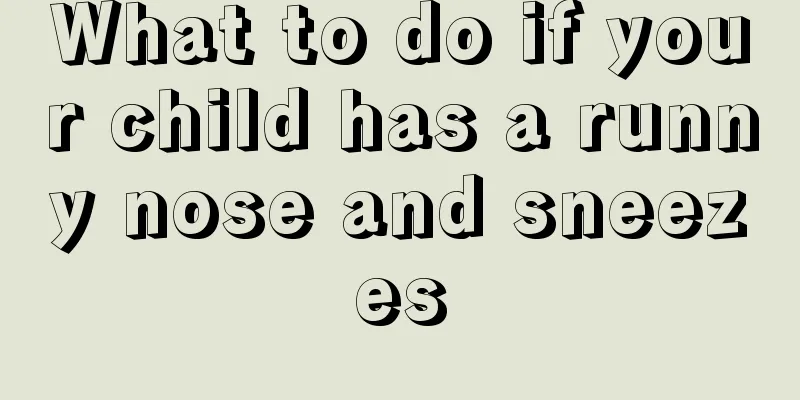What is the cause of comminuted fractures above the epiphyseal plate of long bones of the limbs?

|
There are many types of fractures. Some people in life suffer from fractures due to carelessness, which brings harm to the body. Comminuted fractures above the epiphyseal plate of long bones of the limbs are one of them. We must first understand what comminuted fractures above the epiphyseal plate of long bones of the limbs are before we can carry out targeted treatment. I hope you can understand the following information about all aspects of comminuted fractures above the epiphyseal plate of long bones of the limbs. Comminuted fractures above the epiphyseal plate of long bones of limbs means that when the epiphysis of children has not healed, the damage to the epiphyseal plate will affect the growth of long bones of limbs. Any fracture above the epiphyseal plate will not damage the epiphyseal plate, will not affect the growth of the long bones of the limbs, and will be less likely to leave sequelae. The epiphyseal plates of the long bones of the limbs are located at both ends of the long bones of children's limbs. The proximal side of the distal end is called the epiphyseal area. Epiphyseal injuries are a special type of fracture that occurs in children. The most commonly used classification method at present is the Salter-Harris classification (1963) based on the manifestation of fractures on X-ray films. This classification describes the extent of epiphysis, epiphyseal plates, and joint involvement. Type I fracture line passes through the cell degeneration layer of the mature zone of epiphyseal cartilage, such as complete epiphysis separation; Type II fracture line passes through the cell degeneration layer of the mature zone of epiphyseal cartilage, reaches the edge of the epiphyseal plate and bends toward the epiphysis; Type III fracture line starts from the articular surface, passes through the epiphysis into the cell degeneration layer of the mature zone of epiphyseal cartilage, then turns 90 degrees and goes directly to the edge of the epiphyseal plate along the cell degeneration layer of the mature zone of cartilage; Type IV fracture line starts from the articular surface, passes through the epiphysis, the full layer of epiphyseal plate and the epiphysis; Type V is a compression fracture of the epiphyseal cartilage caused by vertical extrusion violence; Type VI is an injury to the epiphyseal perichondrial ring (Ranvier perichondrial groove). "Comminuted fractures of long bones of limbs above the epiphyseal plate"; Level 10: "Linear fractures of long bones of limbs above the epiphyseal plate" is understood as fractures of long bones of limbs above the epiphyseal plate, that is, linear fractures and comminuted fractures of long bones of limbs. This lowers the identification standard, causes repeated identifications between the parties involved in the accident, intensifies conflicts, increases legal disputes, is not conducive to social harmony and stability, and should be used as a warning. What is the cause of comminuted fractures above the epiphyseal plate of long bones of the limbs? If a comminuted fracture occurs above the epiphyseal plate of a long bone in the limbs, it must be treated promptly, especially for children, as bone health is very important during their development. Once other discomforts are caused, height and physical development will be affected, so it must be treated as soon as possible. |
<<: What to do if a two-year-old doesn't eat?
>>: Exercises for weight loss in kids
Recommend
Is it okay to cover a child's sweat when he has a fever?
Covering up children's sweat when they have a...
Is it normal for a newborn to cry with tears?
We all often say "tearful eyes". A tear...
Treatment of infant cough and wheezing
The reason why babies cough and wheeze is that we...
Symptoms of a fish bone stuck in the baby
There are many benefits to babies' health whe...
Does children's growth hormone have side effects?
If a child suffers from malnutrition during his g...
Treatment of neonatal hip dislocation
There are many common diseases in newborns. Newbo...
Does a 4-year-old child need to have his decayed teeth filled?
Four-year-old children are most likely to develop...
What to eat to improve children's memory
Every child is the hope of his parents and the fu...
Why do newborns always fart?
Newborns are still relatively immature and many o...
Why does my baby's buttocks hurt?
Buttock pain is actually a common clinical condit...
What causes sleepiness in teenagers?
With the importance and popularity of academic qu...
How to treat hypertension in children?
Many children have problems that seriously threat...
What to do if your child has a sore on his head
Nowadays, many families choose to have only one c...
What causes yellow eyes in babies?
To know a person’s state of mind, we often have t...
Pus in the child's ear
Children often touch things when adults are not p...









